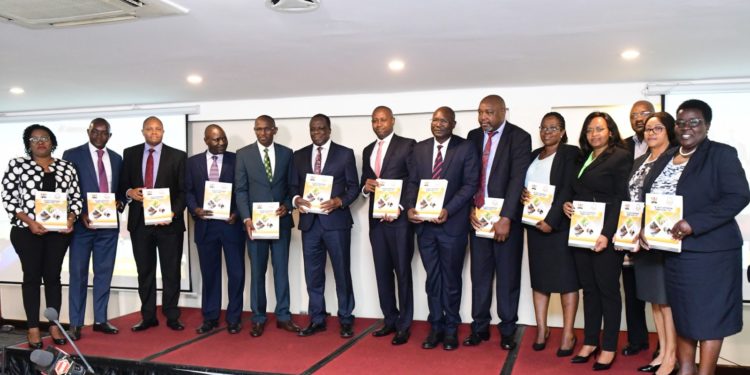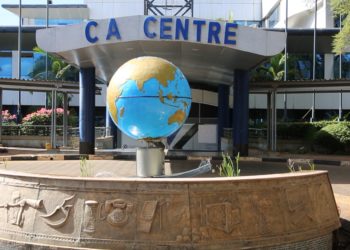The number of dormant memberships in Kenya’s regulated Savings and Credit Cooperative Organizations (SACCOs) increased to 21.15% in 2023, up from 19.01% in 2022.
This trend poses challenges for the SACCO sector, despite overall growth in membership numbers, according to the latest SACCO Supervision Annual Report by the Sacco Societies Regulatory Authority (SASRA).
The report reveals a marked rise in dormant memberships among both Deposit-Taking (DT-SACCOs) and Non-Deposit-Taking (NWDT-SACCOs) segments.
Dormant memberships are defined as accounts with no transactions for at least six months for DT-SACCOs or 12 months for NWDT-SACCOs. In 2023, the total number of dormant members reached 1.45 million, compared to 1.22 million in 2022. This increase suggests that SACCOs are struggling to retain active members, with recruitment and reactivation efforts lagging behind the rate at which members become inactive.
“Regulated SACCOs need to implement measures to reactivate dormant members, even as they recruit new ones,” the report states. It recommends developing appropriate savings and credit products tailored to the needs of their membership to reverse the trend.
Membership Growth Masks Underlying Issues
While the overall membership of regulated SACCOs grew by 6.57% to 6.84 million in 2023, the increase in dormant memberships indicates a potential risk to long-term growth and sustainability. The DT-SACCOs, which form the largest segment with 92.33% of the total membership, saw their dormant members grow from 1.09 million in 2022 to 1.30 million in 2023, representing a 19.32% year-on-year increase. Similarly, NWDT-SACCOs experienced a 12.39% rise in dormant memberships, from 129,270 in 2022 to 145,289 in 2023.
The report highlights that this trend could signal a mismatch between the products offered by SACCOs and the needs of their members. SASRA emphasizes that a shift in strategy is needed to enhance member engagement and satisfaction.
Reasons Behind Dormant Memberships
Several factors contribute to the growing number of dormant members. Economic pressures, changing financial needs, and increased competition from other financial institutions have all played a role. The SACCO Supervision Annual Report suggests that many members may be seeking more flexible and diversified financial services, which some SACCOs have been slow to provide.
Additionally, the digital transformation of financial services may be influencing the trend. While many SACCOs have embraced digital channels to deliver services, there is a risk that some members, particularly in rural areas or older age groups, may find these channels less accessible. “To remain competitive, SACCOs must invest not only in technology but also in educating their members on how to use these new platforms,” the report advises.
Addressing Dormancy
To counteract the rising dormancy rates, SASRA calls for a multifaceted approach. Key strategies proposed include developing new savings and loan products tailored to the evolving needs of members, enhancing digital literacy, and investing in customer service to build stronger relationships with members. Furthermore, SACCOs are encouraged to utilize data analytics to identify patterns in dormant accounts and target those members with specific re-engagement campaigns.
“SACCOs should consider voluntary amalgamations and consolidations with other SACCOs that have stronger balance sheets to enhance their competitiveness,” SASRA recommends. This approach could help struggling SACCOs leverage economies of scale, diversify their product offerings, and better meet the needs of their members.
Broader Implications for the SACCO Sector
The surge in dormant memberships has broader implications for the SACCO sector in Kenya. It could affect the financial stability of SACCOs, particularly smaller ones that may lack the resources to invest in member retention strategies. With 73.34% of total SACCO assets controlled by just 53 of the 357 regulated SACCOs, smaller institutions face challenges in maintaining competitiveness and sustainability.
“Smaller SACCOs, especially those with assets below KES 1 billion, must consider strategic mergers or partnerships to survive in a highly competitive market,” the report notes. It also highlights the need for a regulatory framework that supports consolidation and shared services among SACCOs.
Looking Ahead
Despite the challenges, SASRA remains optimistic about the future of the SACCO sector. The report forecasts continued growth in key performance indicators such as total assets, deposits, and gross loans, driven by a strong regulatory foundation and increased member patronage. However, it acknowledges that addressing the issue of dormant memberships will be crucial to sustaining this growth trajectory.


















